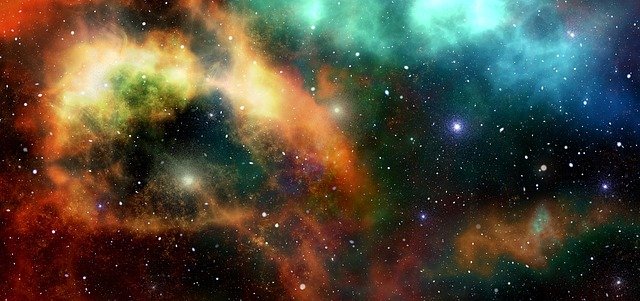
In a new study, researchers found binary stars can reflect light from one another as well as radiating it.
Binary stars are two stars locked in orbit around each other.
The research was conducted by astronomers from the University of New South Wales and Western Sydney University.
It is known that some objects, like the Sun and stars, can produce their own light, while other objects like the Moon and the planets are only visible because they reflect light from the Sun.
However, it is unknown if the Sun and the stars also reflect some light that falls on them.
In the current study, the team aimed to answer the questions.
They found that stars could reflect light, which could be a useful tool for astronomers to study the features of stars.
According to the team, stellar reflection is most significant in a close binary system.
In such a system, two stars are in orbit about each other. Binary systems are very common in the universe.
In the study, the team studied the bright star Spica (Alpha Virginis). It is actually two hot stars orbiting each other with a period of only four days.
They used three different telescopes including UNSW’s own observatory. The small 35cm telescope contributed to the majority of observations in this study.
The researchers found that the light of the star is polarized in a way as the stars move around in their orbits.
Previous research has shown that light from a star is unpolarized because it vibrates in more than one plane.
When light from one star reflects that of another, it will become polarized. The vibrations of light waves now travel in a single plain.
The team suggests that they could determine the amount of polarization to build a reflected light model.
The modeling showed that stars are actually quite poor reflectors of light. For example, The Sun only reflects less than 0.1% of the light falling on it.
The total amount of reflected light coming from the Spica system is very small.
The new finding may help astronomers measure properties of stars that cannot be found for single stars.
One author of the study is Professor Jeremy Bailey from UNSW’s School of Physics.
The study is published in Nature Astronomy.
Copyright © 2019 Knowridge Science Report. All rights reserved.



